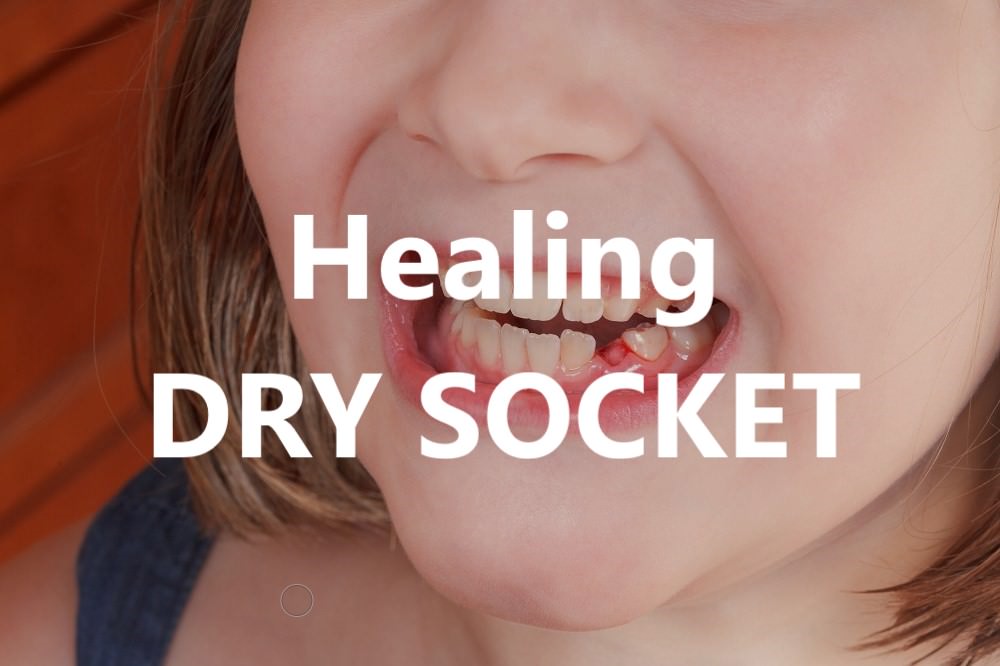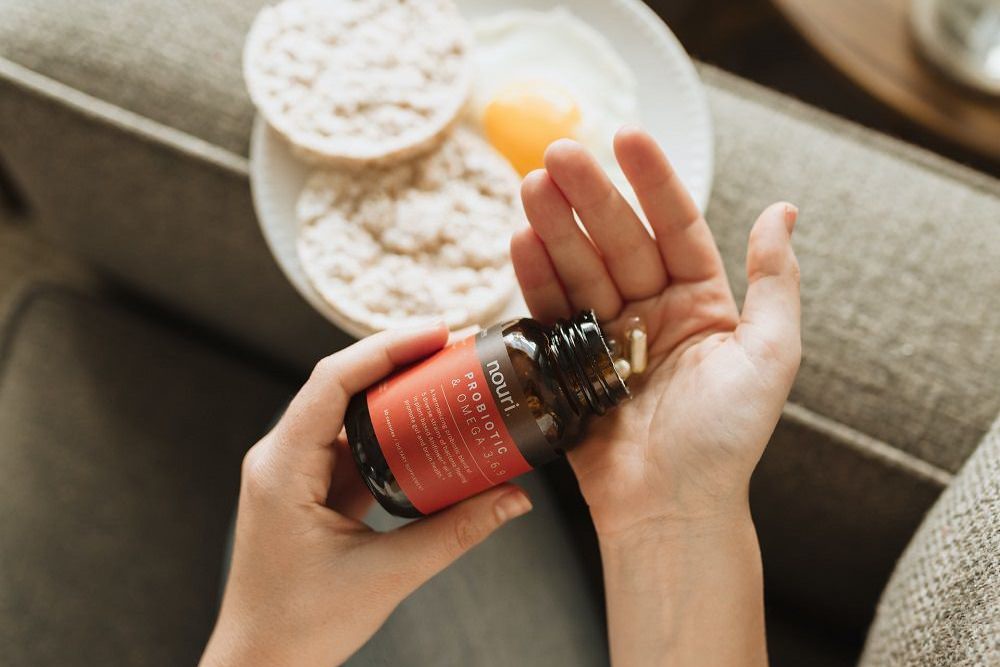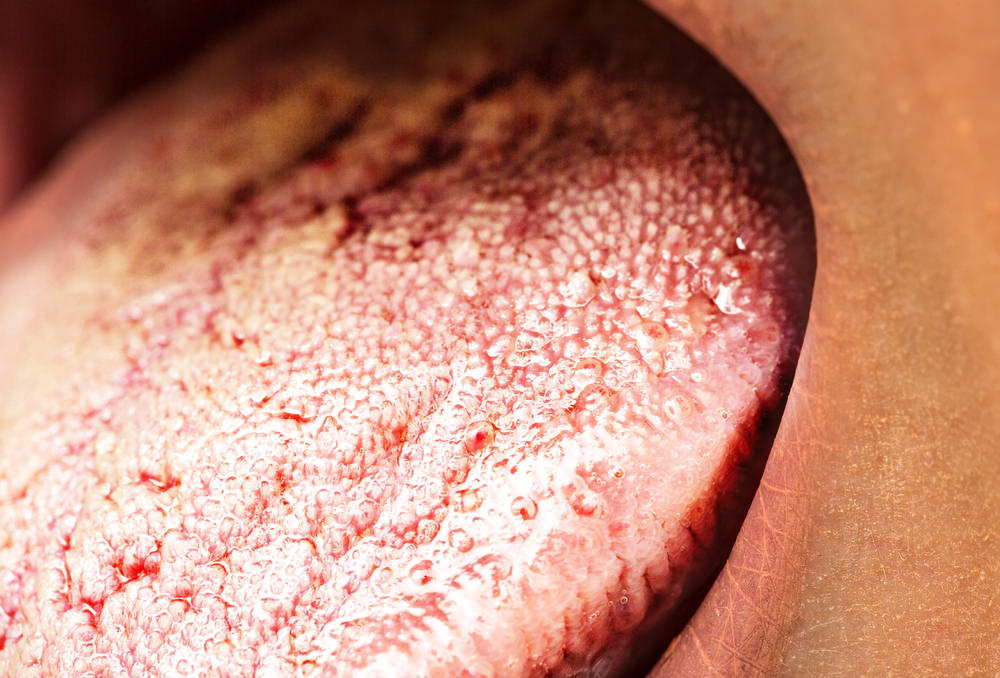Healing Dry Socket – Your Guide
A dry socket, also known as alveolar osteitis, is a relatively uncommon complication of some dental procedures, but in some cases, it may be an extremely painful outcome.
So, if it does occur, how to best heal a dry socket?
Fortunately, a dry socket is able to be treated to help heal it.
If you have had a tooth removed and it does not heal within the specified time which should be thoroughly explained by your dentist it is imperative to return to the surgery where you had the extraction done.
Please do not try to heal the socket without the dentist or surgeon being involved.
Disclaimer: Information found within this post has been sourced and referenced by professionals and is intended for informational and educational purposes only. We do not know your individual circumstance and therefore it is advisable and recommended to seek direct advice and consultation with either your dentist or your general practitioner.
What Causes a Dry Socket?
When a tooth is removed there will be a trauma/injury to the surrounding bone, simply by removing a tooth blood vessels, bone tissue and epithelium will be damaged.
When there is damage to the body, the defence mechanism of the body kicks into action.
Blood will come flooding into the socket and fill it. The ensuing blood clot will at first stick tenuously to the sides of the socket and within 24 the blood clot will have a firmer hold to the walls of the socket.
It is imperative that when you have a tooth removed that you do not exercise, run, overly talk (moving your mouth) or do an action which could dislodge the blood clot.
Alcohol and illness could also affect the ability of the blood clot to hold its position.
The blood clot acts as a scaffold for all the stem cells and other repairing cells of the body to build bone and fill the socket back up.
If the blood clot is lost early in this process then the body has nothing to work with and the repair cells cannot do their job.
This is then called a “dry socket” and the pain ensuring is because the body cannot repair itself.
There may be food caught in the socket and the socket may be invaded by bacteria which could cause a smell to emit from the mouth as healing is not occurring.
Some of the common causes of dry socket:
- Existing bacterial infections – If you have a dental infection that is already in existence, this can stop a blood clot from laying its’ foundations, or break it down before the usual time.
If you have a pre-existing infection, you should speak to your Dentist about taking antibiotics. - Location – A dry socket is more likely to occur in wisdom teeth or other extractions from the lower jaw. Since the lower jaw is the hardest bone in the body the blood supply through the bone is not as a blood supply as the top jaw.
- Complications – You are more at risk of developing a dry socket if there are complications with the extraction procedure. This can depend on the surgeons’ level of experience.
- Denser jawbones – If you have a dense jawbone, these can be more impenetrable, which can stop the blood clot from setting up.
- Not following your Dentists’ instructions – Not fully listening to your Dentists’ advice, such as when to rest and when to restart normal activity and exercise.
- Poor dental hygiene.
- Smoking – Studies suggest an alliance between smoking and dry socket. This may be due to either the tobacco or the sucking motion made when smoking. Smoking can also lessen the supply of blood to your mouth, which prevents the blood clot from properly forming.
- Pressure – Chewing or biting down on the empty area can cause the blood clot to dislodge. Similarly, so can sucking on a straw or food, blowing your nose or spitting.
You are also at more risk of getting a dry socket if:
- You have had a previous dental infection, i.e. gum disease.
- You are more than 25 years of age.
- You take oral contraceptive tablets.
- You have had a history of mouth sores, have been in hospital with a serious illness, or have/have had cancer, or
- You have previously had a dry socket.
How Long Does a Dry Socket Take to Heal?
In most cases, the intense, throbbing pain of a dry socket begins to improve with 24 – 72 hours.
However, for some people, a dry socket can take up to 7 days to heal.
However for the socket to fill up with bone may take weeks to months.
The initial healing will begin as soon as the clot is re-introduced into the socket so that healing cells can begin the repair.
Getting immediate treatment can help you heal faster.
There are things that can slow down the healing process though, such as particles of food entering the socket.
Though rest reassured that, typically speaking, if the symptoms of a dry socket do not appear within 3 – 5 days of your tooth extraction or wisdom tooth removal, it is unlikely that you will get a dry socket.
Multiple Ways to Help Heal a Dry Socket
The more welcome news is that a dry socket is pretty easy to treat and help heal.
It is imperative that follow up visits are kept to ensure that no other issues are affecting your blood’s ability to heal your body. So close monitoring is advised by your dentist or surgeon.
So, most people that have a dry socket usually visit their Dentist several times.
Studies have been done which show that roughly 45% of people that had dry socket felt multiple visits were necessary to manage the condition.
The pain should start to lessen following the initial treatment, and go away within a few days.
If for some reason it does not, your Dentist will be able to do more tests. These tests will ascertain that you do not have any further complications, such as:
- Foreign body at the extraction site.
- Bone destruction.
- Blood clotting issues.
- You may even be referred to your GP for further tests.
When visiting your Dentist, the methods they may use to help heal your dry socket include the below:
- Medications – They may provide you with prescriptions for pain relief medication or anesthetic for the area.
However, if your symptoms are not too severe, over-the-counter painkillers may be enough.
You should discuss your best options for pain relief with your Dentist.
- Antibiotics – Antibiotics may be advised if you have an infection, or to prevent the possibility of getting an infection.
Symptoms of an infection include fever or chills, generally feeling unwell, and discharge, inflammation and redness around the dry socket.
However, a dry socket is mainly localized and does not exhibit systemic symptoms.
- Flushing the socket – The socket will be thoroughly cleaned with saline or similar fluid, ridding it of all food debris and bacteria if present.
- Gauze application – Application of a dressing and a special medical paste, such as clove oil, which will fill the area and give your body something it can work alongside, speeding up the recovery. Clove oil is also a pain killer.
Depending on how severe your symptoms are, you may be required to change this dressing a number of times – perhaps returning every couple of days to have it replaced. Until healing is evident.
Most people exhibit immediate relief as soon as their Dentist has flushed and filled the socket.
The healing process should begin immediately after treatment, as long as blood can come to the area and a new blood clot can form with the aid of the dressing placed inside the socket.
The dressing and blood clot should stop food particles and bacteria from invading the area and protection for the exposed bone which give instant relief in most cases.
On top of your dental treatment, there are home remedies that can impart on you more relief.
Options for self-care and home remedies include:
Not flushing or rinsing the area around the socket so that the dressing and new blood clot is not dislodged. Follow the same rules as for after extraction.
Follow up care:
- Gentle brushing – You can gently brush your teeth around the dry socket area, as to avoid aggravating your gums.
- Avoiding smoking or tobacco use for at least 6 weeks – This will slow down your healing process.
Research has found that a dry socket occurred in 4% of non-smokers versus 12% of smokers.
- Being careful when choosing your foods and drinks – Things that will aggravate the dry socket include spicy or acidic foods, carbonated drinks, caffeine and alcohol.
It can help to drink a lot of water following your tooth extraction or wisdom tooth removal.
As mentioned previously, do not use a straw, as this can dislodge a blood clot.
Eating only soft foods in the first 24 hours can also lower your risk of exacerbating the site.
- Applying a hot or cold compress – Putting a hot or cold pack against your face can help to reduce the inflammation and pain in the region.
For the first 24 hours after surgery, a cold compress is best to lessen the swelling.
After this, heat may be better for providing relief from pain.
Though before trying any of these please have all instructions explained to you by your dentist/surgeon as they will have your medical history and health status to consider.
Will a Dry Socket Heal on Its Own?
The short answer – yes, eventually but it could also become more severe.
It is important to note though, that as the site heals, you will most likely continue to feel a high level of discomfort.
However, the Dentists’ dressing will contain an ointment that will soothe the socket, speeding up the healing process and relieving your pain.
Also to investigate why you had the dry socket in the first place and ensure that your health is being taken care of.
Your dentist may also prescribe you anti-inflammatory medication and stronger painkillers than ones you can purchase over-the-counter.
Dry Socket vs. Normal Clot – What is the Difference?
Following the extraction of a tooth or a wisdom tooth removal, a blood clot will form over the extraction site.
This clot, which I will refer to from hereon as a “normal clot”, will usually heal on its own.
The symptoms of a normal clot are as follows:
- Pain that keeps improving with time.
- A blood clot (that is dark in colour and easily seen), and stays in its place until the wound heals.
- No noticeable exposed bone or tissue.
- No changes to your taste.
- No significant changes in how your breath smells.
Whereas, the signs of a dry socket are hugely different. These include:
- Pain that will start to get better at first, then all of a sudden get worse.
- The pain can become unbearable – in fact, it can be more painful than the dental procedure itself.
- It may be a throbbing pain, radiating a large area, covering from the extraction site throughout the expanse of your jaw.
- Or, it can be a pain that may extend all the way upwards from your ear to your eye on the same side of your face.
- A blood clot that has either partially or fully disintegrated, so you can only see a portion of it, or no longer see any of it.
- Exposed bone (that is, white bone) or tissue that is visible to the human eye, and may have increased in size since before surgery.
- An awful taste in your mouth.
Unpleasant smells coming from the wound, which can cause you to have bad breath.
Conclusion
Whilst it is a fairly uncommon outcome of dental surgeries when a tooth is removed, such as a wisdom tooth removal or tooth extraction, a dry socket is a possible complication.
A reaction to the trauma/injury is pouring in of blood which soon turns into a clot.
This clot protects the exposed bone and also acts as a scaffolding for repairing blood cells to begin new bone formation and immune cells to fight bacteria and inflammation.
A blood clot glues over the remaining socket in the bone in order to protect it and promote it to heal. But if the clot dislodges or dissolves too soon, this creates a dry socket.
We as Dentists’ make every effort to minimize the trauma to the surrounding bone and give you instructions for aftercare but in some instances which are inexplicable, a dry socket can result.
If it does and you are prepared please return immediately to your dental practitioner as treatment is effective and reliable.
By Dr. V
Created at June 04, 2021, Updated at January 25, 2025





